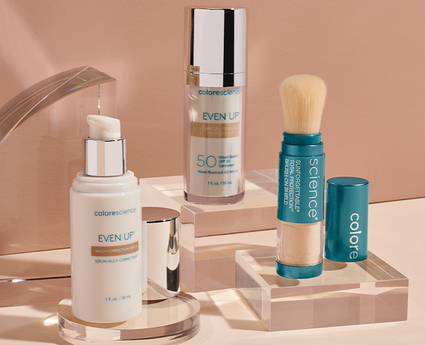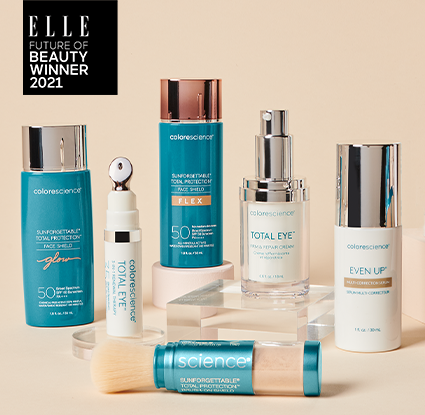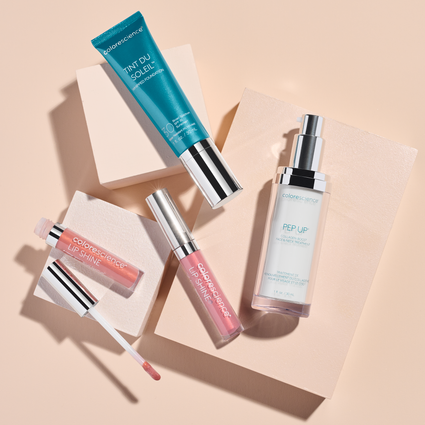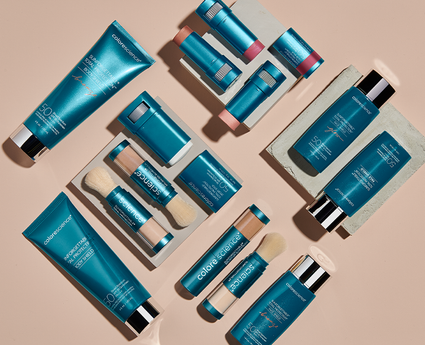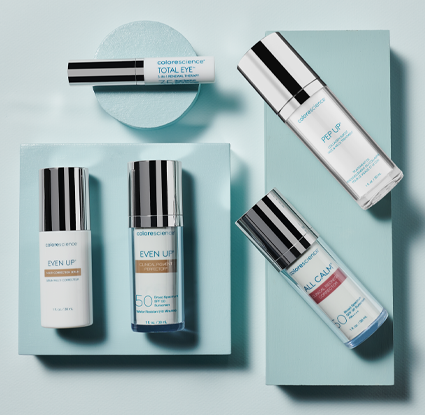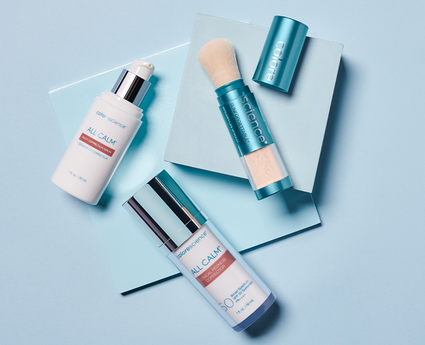5 Surprising Skin Cancer Prevention Tips from Top Dermatologists
Did you know that people who first use a tanning bed before the age of 35 increase their risk of melanoma by 75 percent? Indoor tanning may also be responsible for over 170,000 cases of non-melanoma skin cancers in the United States each year, according to a 2012 study in the journal BMJ. Quitting the tanning bed is probably the easiest and most life-saving step to preventing skin cancer.
Here’s what the both wise and witty Olivia Wilde has to say about them: In a thousand years archeologists will dig up tanning beds and think we fried people as punishment.
If you’re still not convinced, we’ve compiled top tips that many people find surprising, from leading dermatologists Allison Arthur, MD and Jordana Herschthal, MD. Ditching the tanning bed is on the top of both their lists.
1 – Stop Tanning!
Just because your skin isn’t burning doesn’t mean it isn’t aging or developing cancerous cells. The UVA rays in tanning beds a mutagen and affect DNA of squamous and basal skin cells in the skin’s lower layers. These rays also contribute to overall photo-aging – dark spots, fine lines and wrinkles, and the dreaded “leathery” look of skin. “Did you know that skin cancer is the most common cancer in the United States? And exposure to UV light from the sun and tanning beds is the most preventable risk factor for skin cancer,” says Allison Arthur, MD. “Stop tanning outdoors and indoors. Indoor tanning increases melanoma risk by 75%,” says Jordana Herschthal, MD.

2 - Reapply Sunscreen No Matter the Weather
Most people think you only need to apply sunscreen when you’re at the beach or pool and it’s sunny outside. In fact, 78% of women never wear sunscreen unless they’re at the beach. And contrary to popular belief, the SPF 15 in your liquid foundation is not enough. “It’s a necessity to apply sunscreen to exposed skin daily with an SPF 30 or higher and broad-spectrum UVA/UVB protection, even in overcast, wet or cooler climates. I always recommend placing sunscreen next to your toothbrush to incorporate application into your daily routine. The best sunscreen is a mineral-based sunscreen as it reflects the radiation, as opposed to chemical sunscreens which absorb the energy into your skin. If you are spending a majority of your time outside, reapplication of sunscreen every two hours is a must to guarantee adequate protection,” says Jordana Herschthal, MD.
“I love the Colorescience Mineral Brush-On Sunscreen because it is perfect for reapplying sunscreen over makeup, then touching-up other exposed areas, like my neck and hands. My kids also love this brush. The non-greasy mineral formula makes it easy for us to apply and re-apply sunscreen throughout the day,” says Allison Arthur, MD.

3 - Cover Up – Damaging Rays Can Penetrate Regular Clothing
Your skin isn’t protected from damage just because you’re not in a swimsuit. Most light clothing doesn’t provide adequate protection. “A regular cotton T-shirt offers an ultraviolet protection factor (UPF) of about 4-6. In contrast, most sun protective clothing has a UPF 30-50. When I kayak or swim, I wear a long-sleeved, mock-turtleneck UPF surf shirt and swim leggings. On my days off work, I wear UPF dresses or cardigans to run errands. I also wear broad-brimmed hats and UV-protective sunglasses as much as possible to cover the scalp, ears and delicate eye areas. My children wear sun protective clothing daily—they wear it to swim, play at the park or for a long car ride,” says Allison Arthur, MD. “Sunglasses are not just for style, but help prevent ocular melanomas,” says Jordana Herschthal, MD.
4 – Skin Cancer Can Appear in Unlikely Places - See Your Dermatologist Regularly
When doing a self-exam, you really need to pay attention to all areas of your body. We may not think to check our scalp thoroughly, since it is harder to examine through our hair, but skin cancer can appear anywhere on the skin. “In between your routine skin cancer screening exams, if you notice any new, changing, or irregular skin lesions, or have a sore that won't heal, please don't hesitate to call your dermatologist,” says Allison Arthur, MD. “When self-examining, checking nails, scalp, genitals and feet are important. I have diagnosed melanomas in all of these sites, and patients usually do not expose these areas during a skin exam before my prompting them to do so. The best way to identify skin cancers is to be seen annually for a skin screening by a board-certified dermatologist. Regular self-skin examinations are also important in helping to track changes in moles or newly appearing skin lesions,” says Jordana Herschthal, MD.
5 – Avoid Carcinogenic Chemicals
In this day and age it’s almost impossible to avoid chemicals on a daily basis, but it’s important to pay attention to what you’re putting in and on your body. Make an effort to consume whole, unprocessed foods and use products with skin-healthy ingredients. "While exposure to UV rays is the leading cause of skin cancer, there are also some rarer causes such as radiation, arsenic, immunosuppressive drugs, tobacco, burns, genetic disorders, and other carcinogenic chemicals. Avoiding these causes when possible can help prevent skin cancer,” says Jordana Herschthal, MD.
We hope these five tips taught you something new about skin cancer causes and prevention. Special thanks to top dermatologists Jordana Herschthal, MD and Allison Arthur, MD for sharing this vital information with us.

Allison Arthur, MD, Sandlake Dermatology Center
“As a mother and a dermatologist, I have found ways to balance my family’s adventurous spirit and love for nature with the need to protect myself and loved ones from the dangers of sun exposure.”
Dr. Allison Arthur is a Mayo Clinic-trained dermatologist and dermopathologist who cares for patients of all ages. She is an expert in medical and surgical dermatology and is board certified by the American Academy of Dermatology. Her goal is to deliver high quality, compassionate patient care.

Jordana Herschthal, MD, The Herschthal Practice
“Skin cancer can affect all ages and skin types. Preventative measures at an early age are the best form of protection against developing skin cancer. From sunrise to sunset we are continually exposed to the sun's radiation and the effects are cumulative over time. UV radiation can penetrate car windows and clothing and reflects off the ground, buildings and water.”
Jordana Herschthal, MD, FAAD is a Board-Certified dermatologist and Diplomate of the American Board of Dermatology. She completed her dermatology residency at University of Miami/Jackson Memorial Hospital in Miami, FL, where she was awarded for her Excellence in Dermatologic Surgery. Jordana received her undergraduate BA degree from Brown University in Providence, RI. She obtained her medical degree from the University of Miami/Miller School of Medicine in Miami, FL, and completed her medical internship at Columbia University’s St. Lukes/Roosevelt Hospital in Manhattan, NY.

